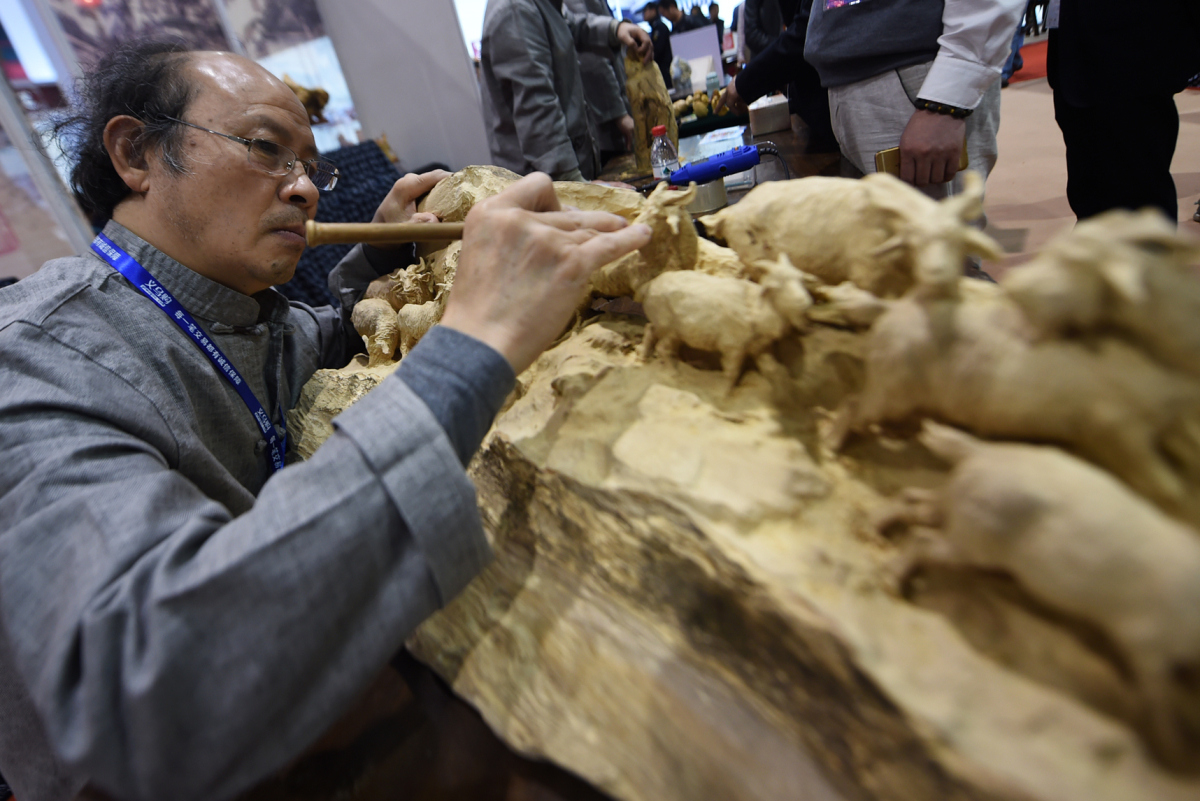
Dongyang, a city in the central part of Zhejiang Province, is renowned for its delicate woodcarvings which are named after the city itself. Together with Qingtian stone carving and boxwood carving, Dongyang wood carving has been listed in the top three carving forms of Zhejiang.
Craftsmen with outstanding skills at carving and painting have created numerous wonderful folk crafts in Dongyang. It is believed that Lu Ban, a master craftsman in the Spring and Autumn Period (770 BC-476 BC) is the ancestor of the craftsmen in Dongyang. Wood carving continued to develop with time and reached its peak during the Qing Dynasty (1644 AD-1911 AD). Dongyang wood carving is one of the most excellent Chinese national folk crafts, and is therefore known as "a national treasure". Dongyang also gained praise as the “hometown of carving” by the State Council in 1983.
Dongyang wood carving is mainly for decoration, for example in individual households on cases, cabinets, stools, desks and tables, and in palaces, pavilions, corridors and pagodas with realistic depictions of galloping horses, lotus flowers and mythology figures. The wooden statue of Sakyamuni Buddha for the main hall of Lingyin Temple in Hangzhou had been sculptured by Dongyang craftsmen in 1957. Dongyang wood carving emphasizes multiplicity, with distinct gradations and superb carving techniques. In 2006, Dongyang wood carving was listed as one of China’s Intangible Cultural Heritages.
Dongyang wood carving products have been exported to over 80 countries and regions worldwide, including Hong Kong, the United States, France, Germany and Singapore, while thousands of craftsmen in the wood carving industry have also migrated to these places.
(Executive Editor: Yongliu HE)